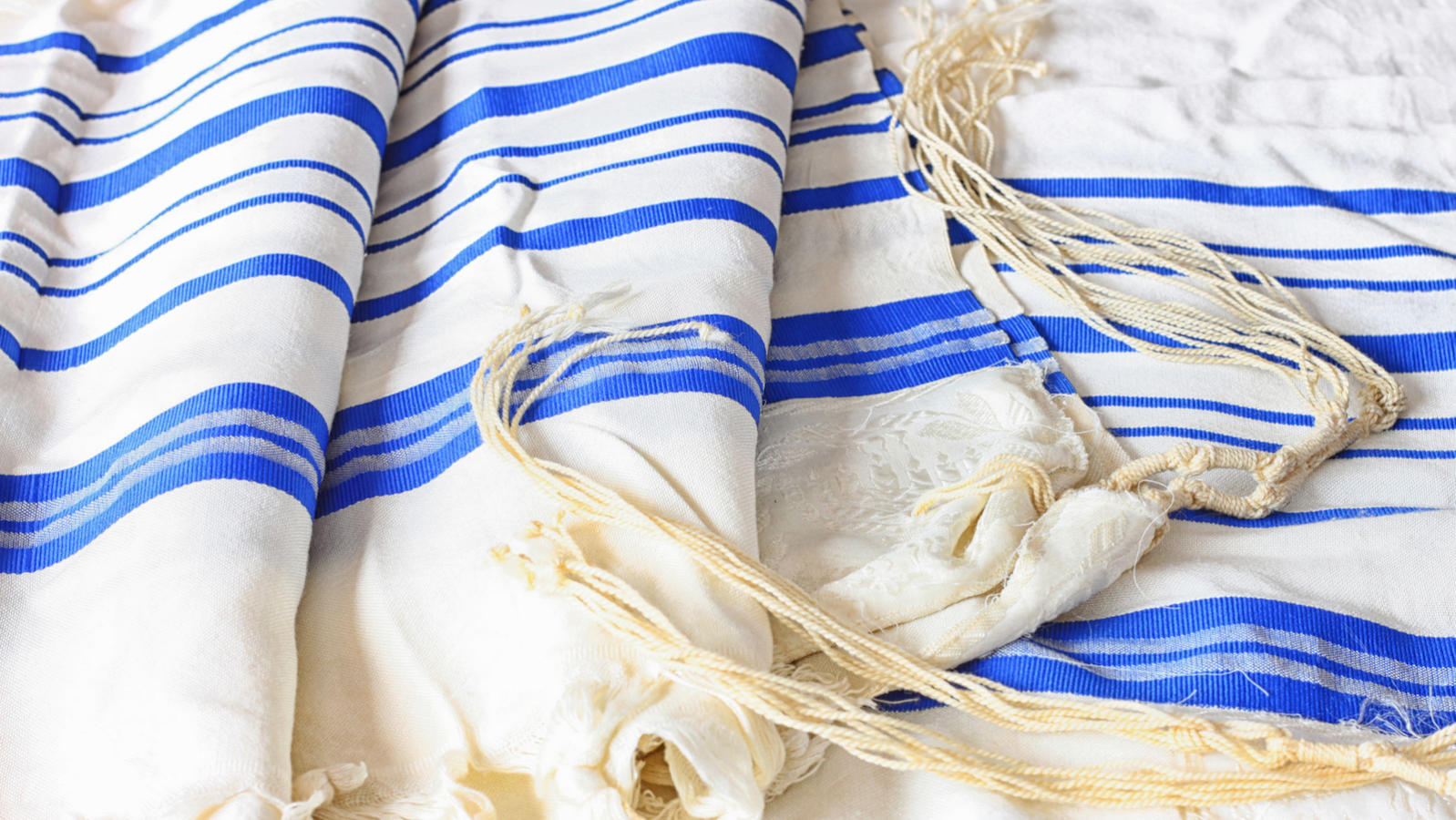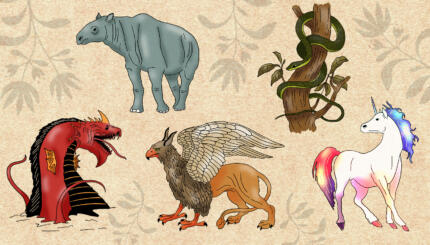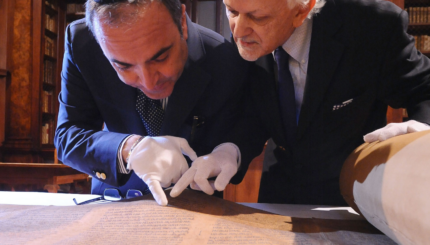Commentary on Parashat Sh'lach, Numbers 13:1-15:41
This week’s Torah portion, Sh’lach, contains several seemingly disparate stories. It begins with the story of the 12 scouts sent by Moses to survey the land of Canaan, and concludes with the commandment of putting tzitzit (fringes) on garments. Is there a connection between the two?
The portion begins with the 12 scouts sent to Canaan. Ten of them return quite apprehensive about what they saw in the land. After hearing these fearful reports, the Israelites complain to Moses and Aaron, pining for their days back in Egypt. Needless to say, as leaders with a vision of moving forward, Moses and Aaron are dismayed.
Two of the scouts, however, appear to share Moses’ and Aaron’s vision. Joshua and Caleb quickly come to the leaders’ rescue, aided by “another spirit.” Joshua and Caleb remind the Israelites of God’s promise to bring them to the land of milk and honey. Moses asks God to pardon the Israelites for their delusions of going back to Egypt. But God is angry, promising death by plague to the scouts who brought back the negative view of Canaan, while sparing Joshua and Caleb because of their faith.
The final paragraph of the portion also comprises the third paragraph of the Shema prayer. In this paragraph, God tells Moses to speak to the Israelites about putting fringes on the corners of their garments.
With your help, My Jewish Learning can provide endless opportunities for learning, connection and discovery.
The commentator Rashi was struck by the placement of the paragraph about tzitzit at the conclusion of the portion featuring the scout story. He explains the connection between these two seemingly incongruent pieces through an interpretation of a line in the tzitzit paragraph, which states, “v’lo taturu…” “and you should not follow your heart and eyes in your lustful urge.”
It’s as if this line is a reminder of the problematic report issued by the 10 scouts who lost their faith in God’s promise. The scouts followed the fear in their hearts, prompted by the enormity they saw with their eyes, and thus lost their faith and were ready to retreat to Egypt. Conversely, it was the brave actions of Joshua and Caleb that saved Moses and the rest of the Israelites by returning the focus to God’s promise. The tzitzit are a physical reminder of God’s promise and presence.
While Joshua and Caleb jump in to save the day, aided by “another spirit,” we can’t always count on that extra spirit to be there to keep us on track. The placement of the paragraph about tzitzit can be seen as a message that we, as non-prophets, need physical reminders in order to “keep the faith.” Tzitzit serve as that physical reminder of faith. Just like tying a string around your finger, or placing a rubber band around your wrist, tzitzit remind us that though we may have doubts, faith can sustain us.
Now, what about those of us who do not wear tzitzit daily, or even weekly, or ever? Well, acknowledging their usefulness as a reminder of the need for faith is a good beginning. When we see other people wearing tzitzit, we may be reminded of the need for faith, and we can strive to attain in it our own ways, through the creation of new physical reminders.
Tzitzit serve as a visual trigger, a connection to our collective memory as Jews. And that physical reminder, the immediate sight of the fringes, whether on a tallit [prayer shawl] in synagogue or on the tallit katan [fringed garment traditionally worn by Hasidic men under their shirts] worn daily, can be a much more effective and meaningful reminder system than, say, a note in a smartphone.
A vignette from the field to illustrate the point: The Jewish Community House of Bensonhurst held a family Shabbaton (a retreat over Shabbat) at a residential camp outside of the city, as part of our First Step program (funded by a generous grant from the Solelim Fund). First Step is a family education program, combining American acculturation experiences with experiential Jewish education for émigrés.
Saturday morning at the Shabbaton, we created a special bat mitzvah ceremony for 12-year old Raida, a member of the First Step program. Raida’s mom had told us that she wanted to make a bat mitzvah party Saturday night at the Shabbaton, where she would be among the First Step “family.” We knew that in addition to a celebration, the Shabbaton would give us the opportunity to expose the family and their peers to the rite of passage aspect of a bat mitzvah in a way that they may not otherwise have considered.
Raida was called up to the Torah for the first time as a bat mitzvah at the Shabbaton. While the image of a young woman being called to the Torah for the first time may be familiar to most of us, it is not one that is common among the 50,000 Jewish émigrés in Bensonhurst, as they tend not to affiliate with synagogues. As we called Raida up to the Torah, we placed a tallit upon her shoulders, shrouding her with the physical reminder of the faith that’s kept our people (and her immediate family) alive through pogroms, war, communism, and the insecurity of the immigration experience.
It was that physical reminder, that we’re connected to the generations that came before us and the faith that sustained them, that sat upon Raida’s shoulders as she recited the blessings over the Torah. May we all be blessed with the opportunities to see and feel the physical reminders of the faith of our people.
Reprinted with permission from the UJA-Federation of New York.
tallit
Pronounced: tah-LEET or TAH-liss, Origin: Hebrew, prayer shawl.
Torah
Pronunced: TORE-uh, Origin: Hebrew, the Five Books of Moses.
tzitzit
Pronounced: TZEET-tzeet, or TZIT-siss, Origin: Hebrew, fringes tied to the corners of a prayer shawl.



